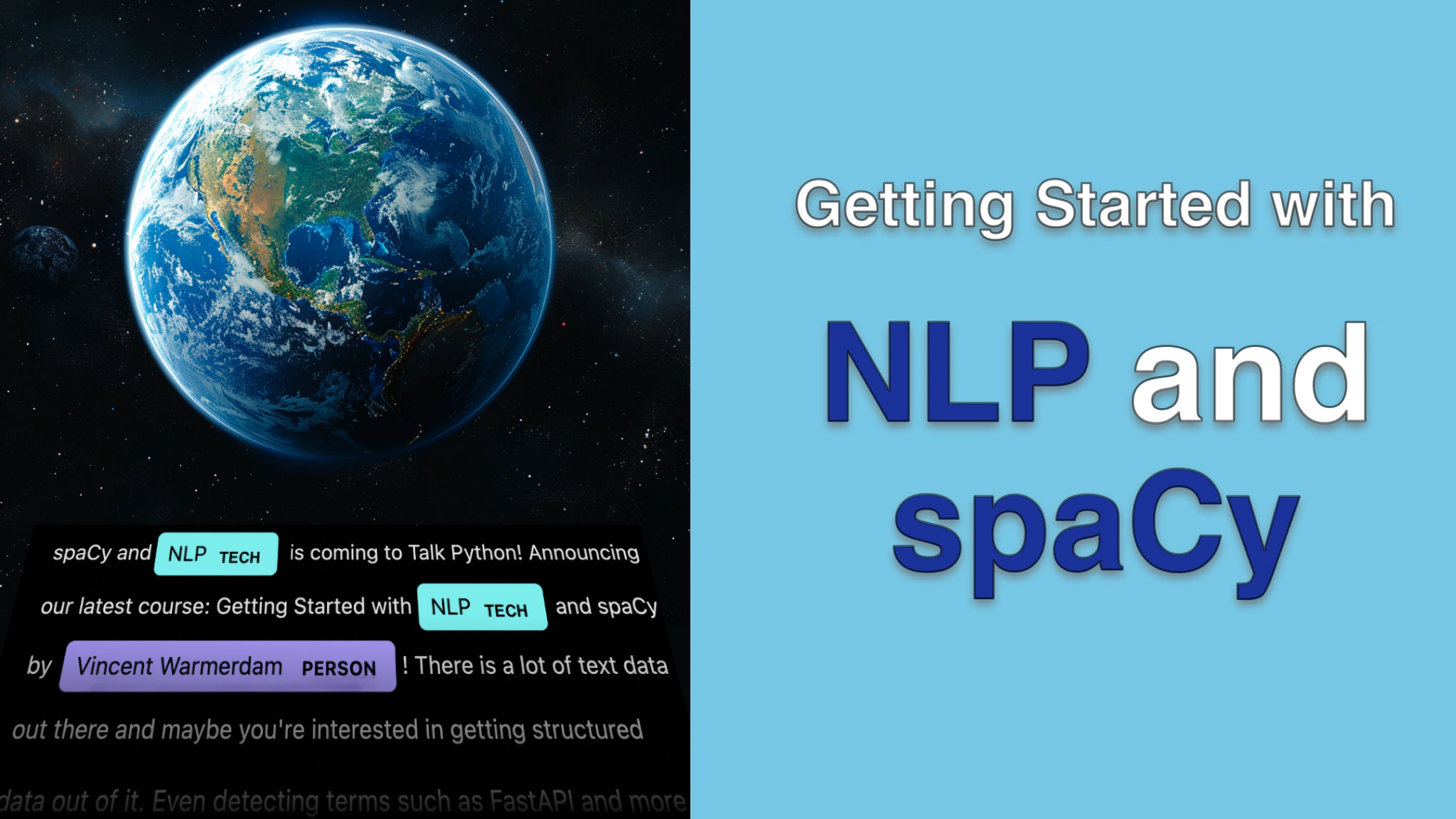Getting Started with NLP and spaCy Transcripts
Chapter: Part 4: NLP with huggingface and LLMs
Lecture: Language support in spaCy
Login or
purchase this course
to watch this video and the rest of the course contents.
0:00
So let's discuss some related things you might find interesting about spaCy.
0:06
And before talking about all the different plugins, I feel that maybe I should spend some time
0:11
talking about these different models. Now, because this course is in English,
0:16
what I've effectively done is I've taken English models. These models are great, but there are also lots of other languages you might be interested in.
0:26
If you go to this model section on the spaCy documentation, though, you can have a look at all these different pipelines
0:31
that have been trained beforehand. So, for example, let's go to Dutch.
0:36
spaCy doesn't support every language, but when it supports a language with machine learning tools,
0:41
then typically there will be a small, medium, and large model.
0:46
There's lots of details that might matter here, but in general, the smaller models are a little bit less performant
0:51
in terms of entity recognition abilities, but they are really nice and fast and definitely lightweight.
0:56
In this case, the small model is only 12 megabytes, which is pretty nice.
1:01
If I were to contrast that with the large model for Dutch, then we can see that it comes in at about 500 megabytes, which is a whole lot bigger.
1:11
The medium model sits somewhere in the middle, and in general, I can recommend going for the medium model
1:16
when you're just trying to get started. In general, the medium model will be the thing
1:21
that will work just fine, but know that there is a large model available, too. Some languages, not all of them, will also have this TRF model attached,
1:31
which is an abbreviation for transformer. Now, the interesting thing with those models is that they might not be the biggest size in terms of megabytes
1:41
you've got to download, but these are models that are using a so-called transformer architecture under the hood, which is a very heavyweight model
1:51
in terms of compute. It does depend on what you're doing exactly, but you may need a GPU
1:56
in order to run these models comfortably. These models have pretty good performance statistics,
2:01
and again, if you're just getting started, I would definitely go with the medium model instead,
2:06
but it is good to know that these models exist as well, in case you're interested in them, and in case you've got access to a GPU.
